In A Land Before Atlantis and Mu: The House of Cthulhu by Brian Lumley
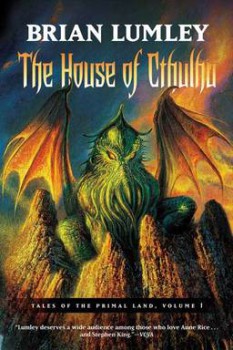 I imagine that when most people hear the name Brian Lumley, they think of his vast Necroscope series. You know — the books with the malformed skulls on the covers. If your memory is a little longer, you might think of his August Derleth-influenced contributions to the Cthulhu Mythos series, featuring the supernatural sleuth Titus Crow. And in case you didn’t know, he’s also a prolific writer of really great horror short stories. Even if I didn’t love the stories in his collections, Fruiting Bodies and Other Fungi and Beneath the Moors and Darker Places, I’d still love them for their titles.
I imagine that when most people hear the name Brian Lumley, they think of his vast Necroscope series. You know — the books with the malformed skulls on the covers. If your memory is a little longer, you might think of his August Derleth-influenced contributions to the Cthulhu Mythos series, featuring the supernatural sleuth Titus Crow. And in case you didn’t know, he’s also a prolific writer of really great horror short stories. Even if I didn’t love the stories in his collections, Fruiting Bodies and Other Fungi and Beneath the Moors and Darker Places, I’d still love them for their titles.
While I did know about all those books and stories, what I didn’t know was that he’d written a whole series of swords & sorcery tales set in Earth’s earliest days on the primeval continent Theem’hdra. I had read a story in Andrew Offutt’s anthology, Swords Against Darkness IV, called “Cryptically Yours,” but hadn’t realized it was part of a much longer series of adventurous stories of wizards and warriors.
Recently, I learned from from Paul McNamee that Subterranean Press was making a lot of Lumley e-books available at $2.99 a volume. I immediately bought three story collections: Haggopian and Other Stories, The Taint and Other Novellas, and No Sharks in the Med. I’ve dipped into all three already and recommend them all.
My buying spree led me to check out Lumley’s website, which led me to something called The House of Cthulhu: Tales of the Primal Land (2010). I learned it was the first of three collections of adventures from the dawn of time. While Tor Books wasn’t selling it as cheaply as the Subterranean collections, I still hit the buy-button. Within minutes, I was traveling back into the deep ages of the world to the Primal Land, encountering giant slug-gods, sorcerers striving for immortality, amoral barbarians, and old Cthulhu himself.
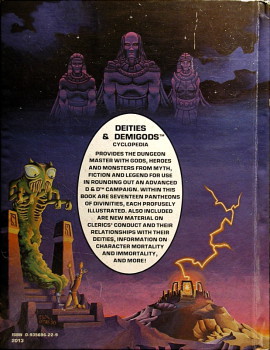
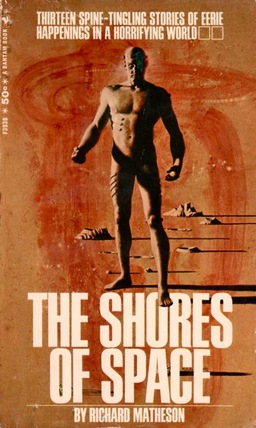
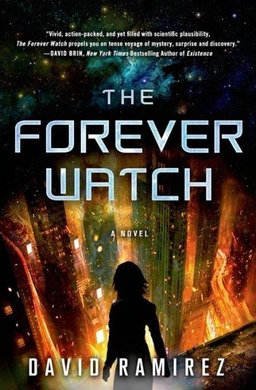
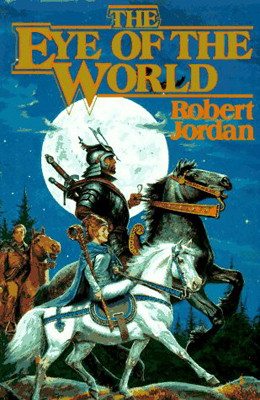 The nominees for the 2014 Hugo Awards have been announced by LonCon 3, the 72nd World Science Fiction Convention, and let’s not mince words: it’s a wacky ballot.
The nominees for the 2014 Hugo Awards have been announced by LonCon 3, the 72nd World Science Fiction Convention, and let’s not mince words: it’s a wacky ballot.
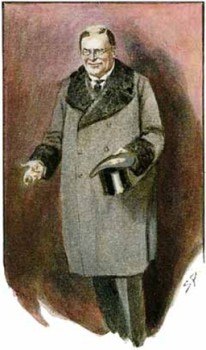
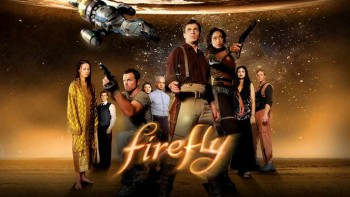 As might be expected from the guy who wrote
As might be expected from the guy who wrote  Now space opera and western are not terribly dissimilar, but
Now space opera and western are not terribly dissimilar, but 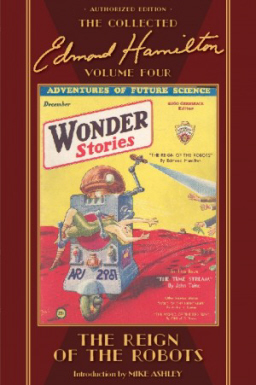
 Leaving the dark brick stairwells of the Lucien L’Allier métro last Sunday morning at 10, we found the rain was holding off: something not to be expected. Forecasts called for meteorological chaos in Montréal over the following days. Up to 24 degrees celsius, down to 2, thunderstorms, snow. But that was in the future. For the moment, Grace and I were looking for books to hold us through those unsettled days and more.
Leaving the dark brick stairwells of the Lucien L’Allier métro last Sunday morning at 10, we found the rain was holding off: something not to be expected. Forecasts called for meteorological chaos in Montréal over the following days. Up to 24 degrees celsius, down to 2, thunderstorms, snow. But that was in the future. For the moment, Grace and I were looking for books to hold us through those unsettled days and more.